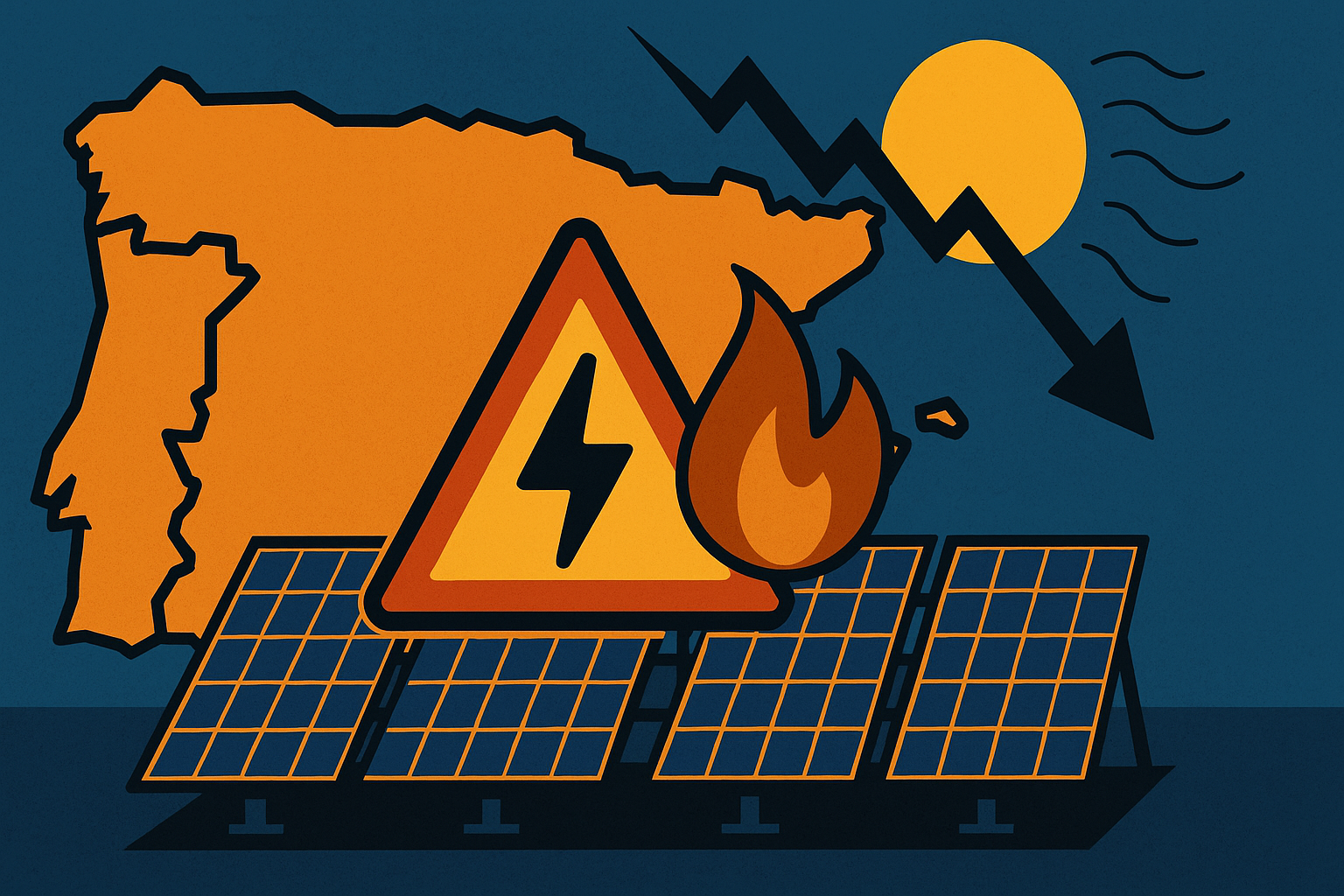Spain’s rapid rise to become one of Europe’s solar energy leaders is now showing signs of strain, as oversupply, infrastructure limitations, and market imbalances challenge the sector’s profitability and stability.
Over the past six years, Prime Minister Pedro Sánchez’s strong push for renewable energy, combined with Spain’s abundant sunshine, has spurred unprecedented growth in solar power. Developers have blanketed large swathes of the countryside with photovoltaic panels, attracting billions in investment. By 2023 and 2024, Spain had added more solar capacity than any other European country except Germany — despite Germany’s economy being more than twice the size.
At peak times in spring, as much as 60% of Spain’s electricity now comes from the sun, allowing the country to cut back on gas and coal use. This has helped lower energy costs for consumers and positioned Spain as a “global benchmark” in the clean energy transition.
Oversupply Brings Prices Down — and Profits With It
However, the success has created its own problems. On sunny days, Spain often generates more electricity than it can use or export. Wholesale prices have plunged, with “day-ahead” market prices falling to zero or even negative for up to a third of May 2024. The country’s limited grid connections to France mean surplus power often goes to waste, and operators are sometimes ordered to shut down without compensation.
The resulting profit squeeze has triggered a sharp fall in the value of solar projects. Facilities that sold for €200,000 per megawatt just two years ago are now being listed at €28,000–€89,000/MW.
April Blackout Highlights Grid Weakness
A major blackout in April 2025, which left 58 million people without power, underscored vulnerabilities in Spain’s electricity network. While the government concluded solar power did not directly cause the outage, an instability at a solar plant in Badajoz was part of the chain of events.
Spain’s grid — once designed around a small number of large fossil fuel and nuclear plants near urban centers — is now stretched by thousands of small, intermittent renewable plants spread across rural areas. Unlike large turbines, solar plants cannot inherently stabilize grid frequency and voltage.
According to BloombergNEF, Spain has invested only $0.30 in grid infrastructure for every $1 invested in renewables since 2020, far below the European average of $0.70. Industry leaders say this imbalance has pushed the system to its limits.
Legislative Setback for Grid Reforms
In June, the government introduced “anti-blackout” legislation to strengthen the grid, improve voltage control, and support battery storage. However, the bill was voted down in parliament in July, with critics demanding greater accountability for the blackout. The government is now pursuing similar reforms through regulatory changes that do not require parliamentary approval.
Battery Storage: A Partial Solution
With exports constrained, the industry sees energy storage as the key to managing surplus generation. Several major producers are investing in battery projects to store power during peak sunlight hours and release it in the evening, when prices are higher.
Yet Spain has just 60MW of installed battery capacity — far behind the UK’s 5GW and Italy’s 1GW. Developers cite slow permitting and the lack of a regulated market to pay battery owners for providing backup services.
Flat Electricity Demand and Industrial Opportunities
A deeper challenge lies in Spain’s stagnant electricity demand, which has not grown since 2004. Hopes for higher consumption rest on industries shifting from natural gas to green electricity and on growth in electric vehicles and heat pumps.
Tech giants like Amazon, Meta, and Microsoft are showing strong interest in building large data centers in Spain, attracted by cheap renewable power. But they face delays due to limited grid access, with more than half of last year’s connection requests rejected.
A “Transitional” Oversupply?
Energy Secretary Joan Groizard argues that building generation capacity ahead of demand is part of the plan, and that current oversupply is temporary. “There will be a balance between supply and demand at competitive prices within just a few years,” he says.
Until then, Spain’s solar boom remains both a model for the green transition and a cautionary tale about the risks of moving “too far, too fast” without matching investment in grid infrastructure and storage.








